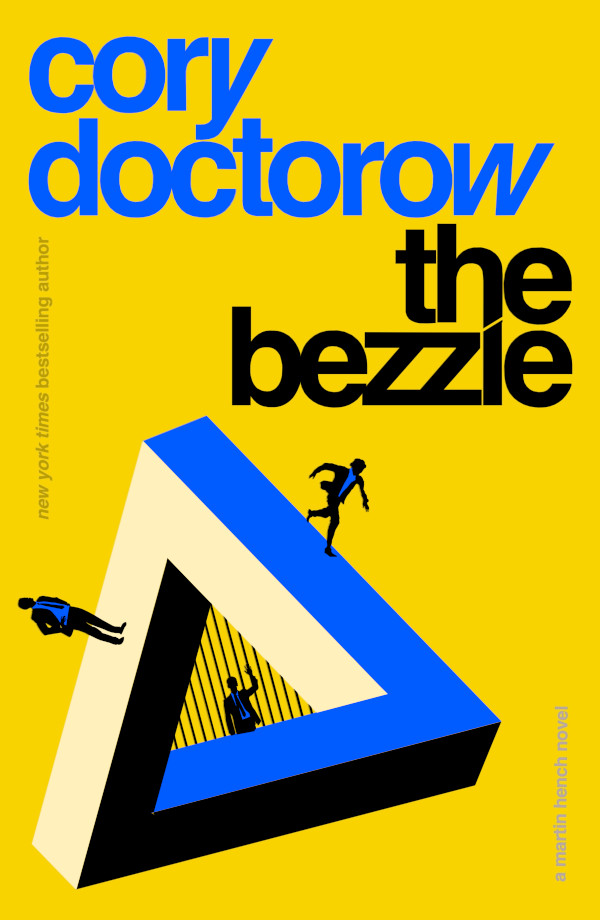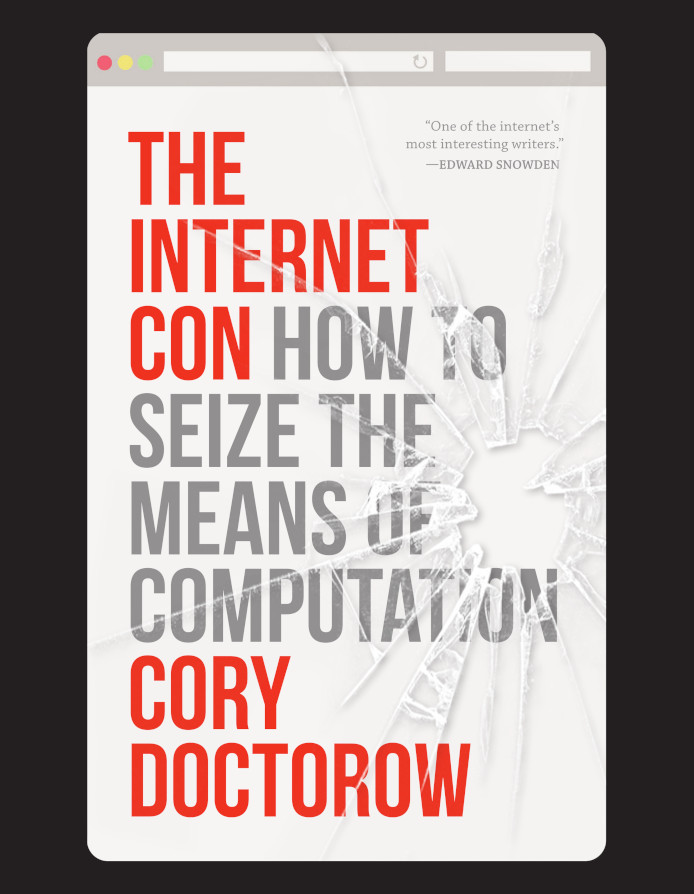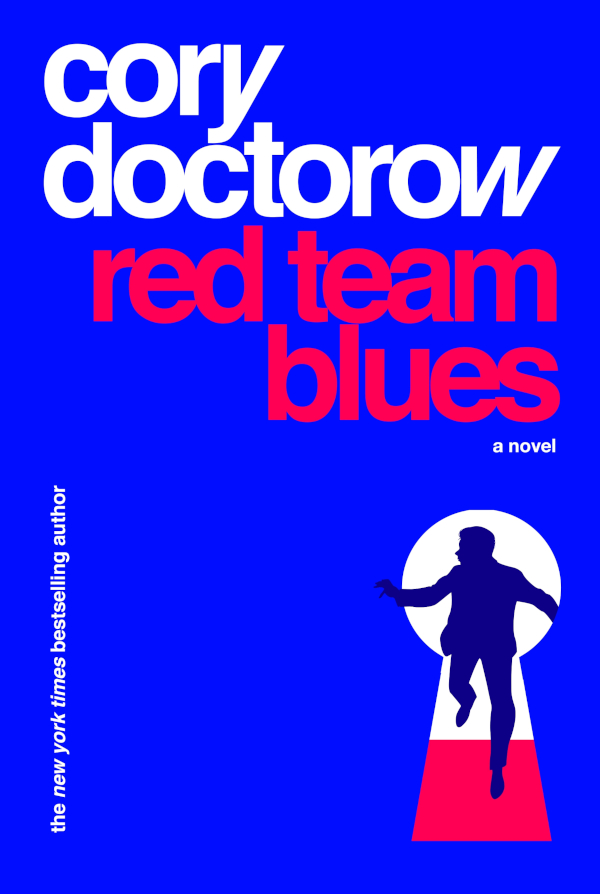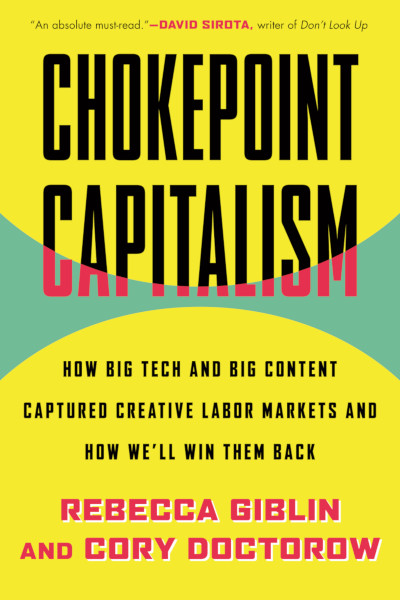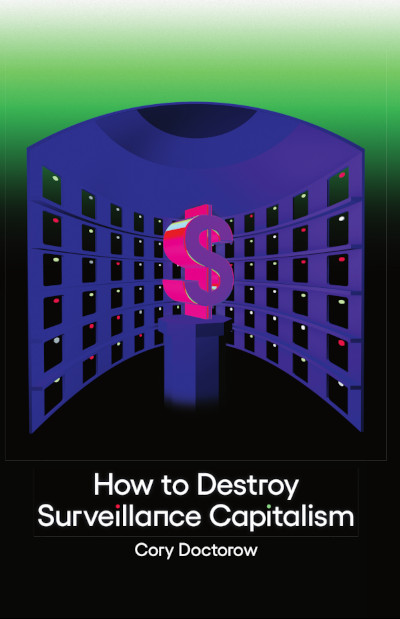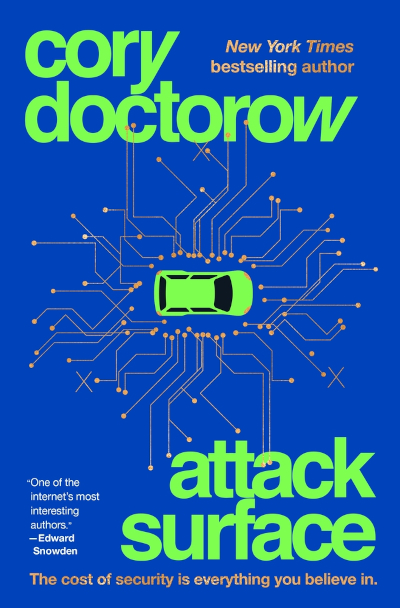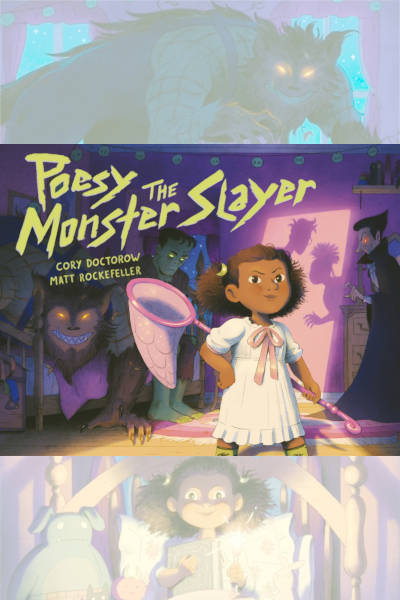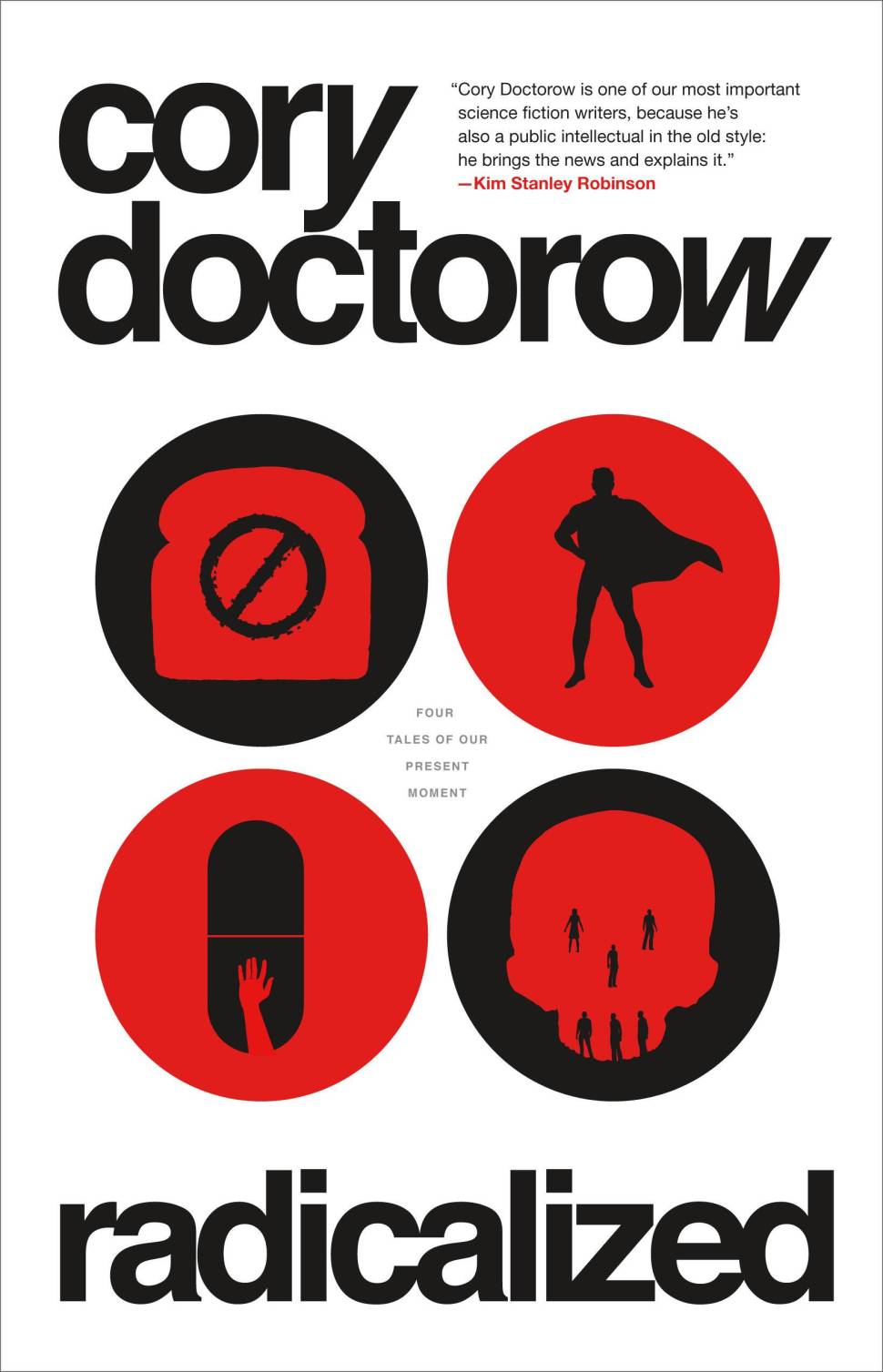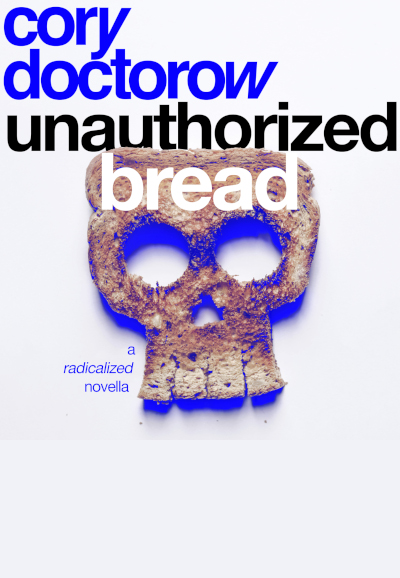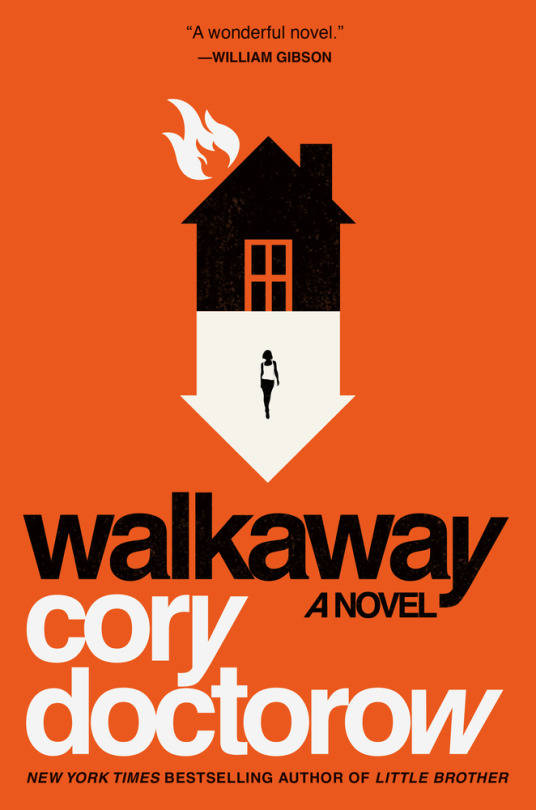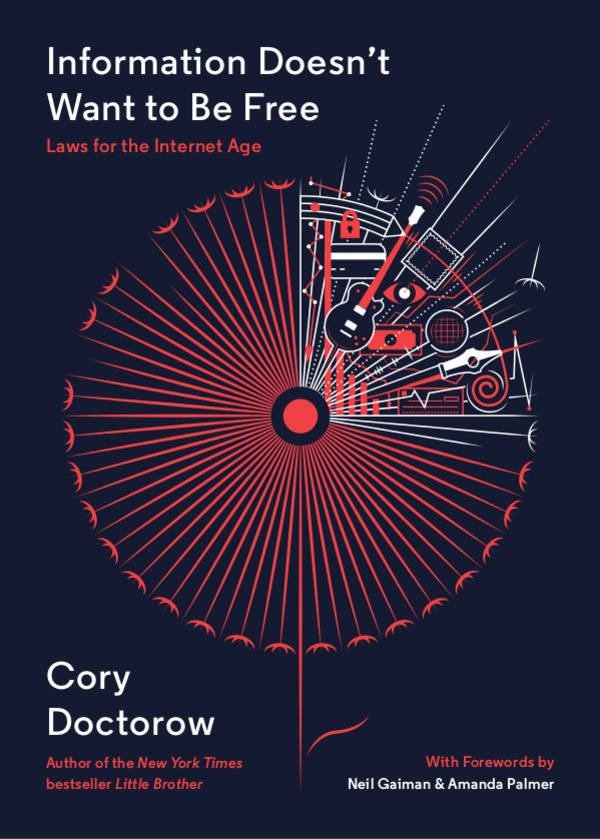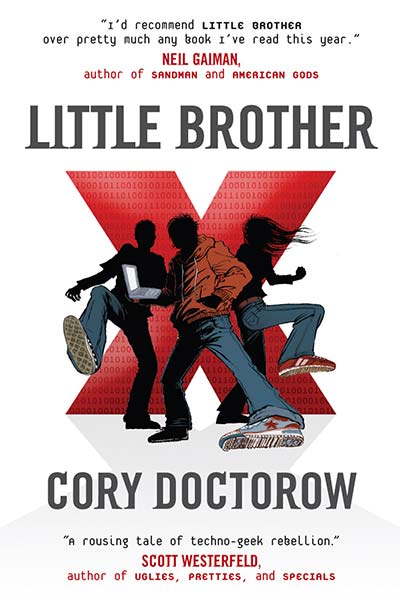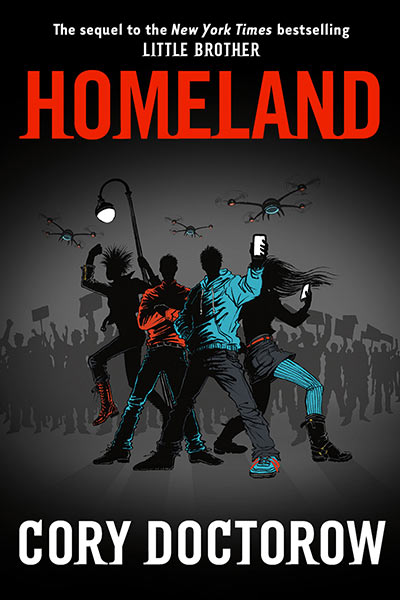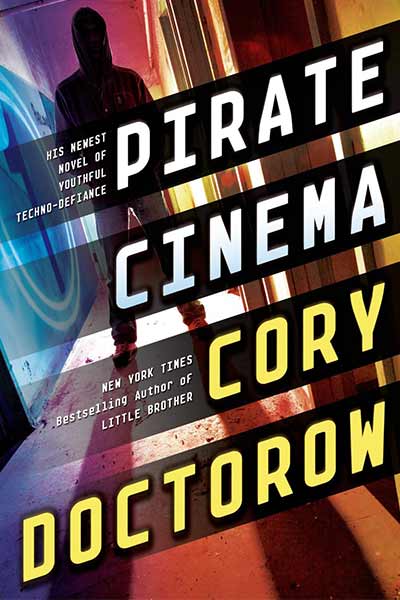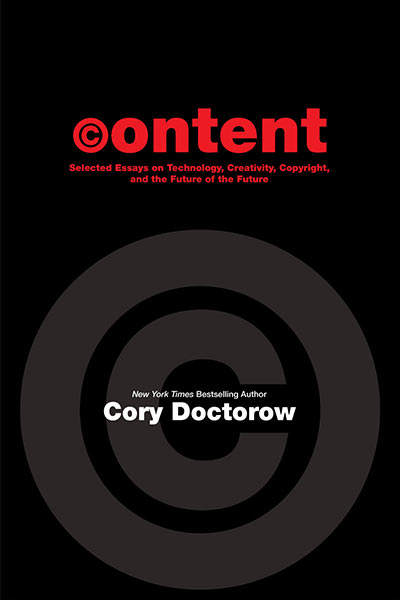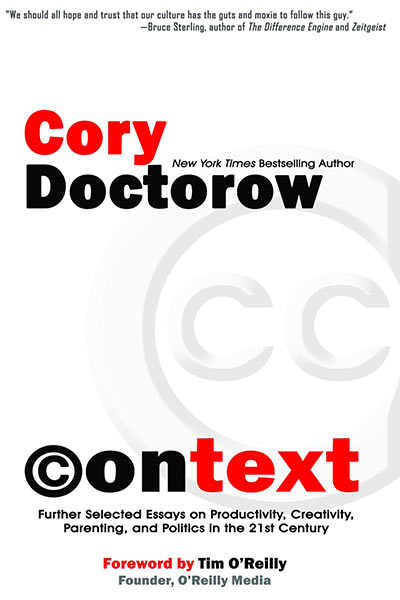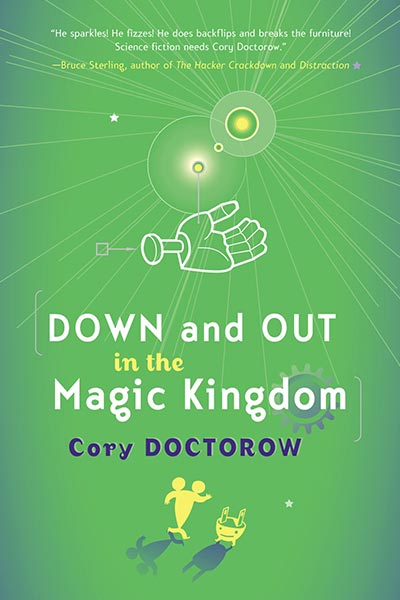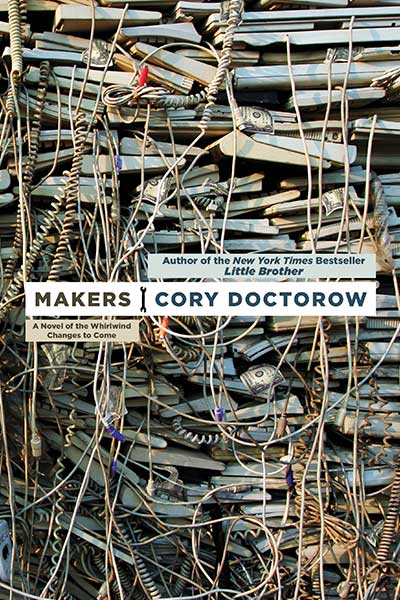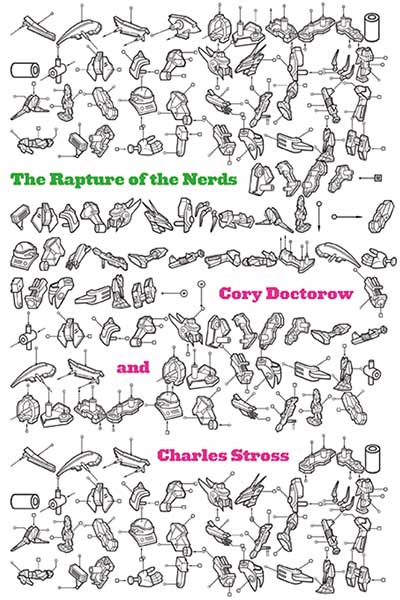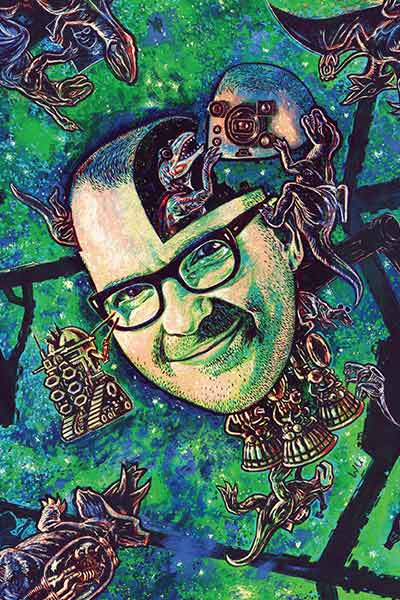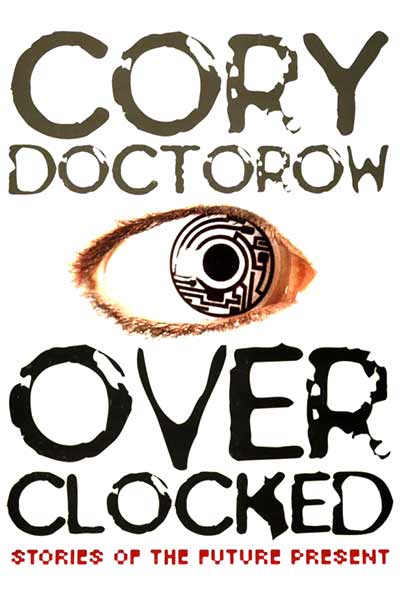
Today for my podcast, I read Capitalists Hate Capitalism, my latest column from Locus Magazine. It’s a meditation on the difference between feudalism and capitalism, and how to know which one you’re living under.
I recorded this on a day when I was home between book-tour stops (I’m out with my new techno crime-thriller, The Bezzle). Catch me this Wednesday (Apr 17) in Chicago at Anderson’s Books, then in Torino for the Biennale keynote on Apr 21, then in Marin County at Book Passage Corte Madera on Apr 27, then in Winnipeg, Calgary, Vancouver, and beyond! The canonical link for the schedule is here.
Varoufakis’s argument turns on an important distinction between two types of income: profits and rents. These terms have colloquial meanings that are widely understood, but Varoufakis is interested in the precise technical definitions used by economists.
For an economist, ‘‘profit’’ is income obtained by mixing capital – tools, machines, systems – with your employees’ labor. The value created by that labor is then divided between the worker, who draws a wage, and the capitalist, who takes the rest as profit.
‘‘Rent,’’ meanwhile, was income derived from owning something that the capitalist needs in order to realize a profit. In feudal times, hereditary lords owned plots of land that serfs were bound to, and those serfs owed an annual rent to their lords. This wasn’t a great deal for the serfs, but it also needled the nascent capitalist class, who would have very much preferred to have those lands enclosed for sheep grazing. The sheep would produce wool, which could be woven into cloth in the ‘‘dark, Satanic mills’’ of the industrial revolution. The former serfs, turned off their land, could be set to work in those factories.









